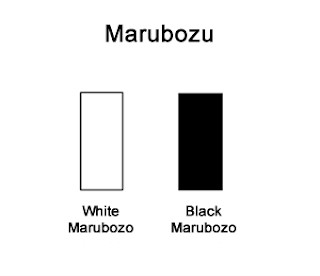All of the information I post in Trading Lessons is a breakdown from a book or article that I have read. I am very bad at siting my source, but I will give it my best effort. This post on the topic of trading support and resistance comes from BabyPips.com.
Before we get into how to trade Support and Resistance levels, I will quickly explain them. The stock and currency markets are just that, markets. Buyers and sellers come to the market for different reason, but like all other markets, it is driven by supply and demand. When the price is dropping, it is because there are more sellers than buyers in the market. There is too much supply and not enough demand. Support is the level where buyers are willing to step in and start buying again. Once support is established, the price will again begin to climb. Sellers may take back over and drive the price back dawn, but that last support level will be the area to keep an eye on. As price approaches the support area, it will either bounce up off it, or break through it. I will get into that in a minute. Resistance is the opposite of support. When buyers are in control and there is too much demand for the supply, the price goes up. Resistance is level where sellers decided to step in and sell, driving the price back down. Like support, buyers may take back over and drive the price back up where the last resistance area will become key. The image below will show you what I mean.

The more the support and resistance levels are tested and hold, the stronger they become. When a support or resistance level breaks, the strength of the move depends on how strongly the broken support or resistance had been holding. Breaking through a strong level is a very significant move in that direction.
The next step in helping us trade support and resistance will be to draw trend lines. There are 3 trend lines that can be drawn; uptrend (highers highs), downtrend (lower lows), and sideways trend (same highs and lows). In an uptrend, the lows are continuously getting higher. A valid uptrend like requires at least 2 higher bottoms, and 3 to confirm the uptrend. The downtrend is just the opposite. It requires 2 higher lows to be a valid trend line, 3 to confirm the downtrend. Sideways trends will have 2 highs and 2 lows that are nearly identical, 3 to confirm that it is trading in a range.
There are a couple of important things to remember with trend. First is that it requires 2 tops or bottoms to be a valid trend line, 3 to confirm a trend. Next, the steeper the trend line, the more likely it will break. Last, like horizontal support and resistance levels, trend lines become stronger the more times they are tested.
Now that we can draw trend lines and find support and resistance, we can talk about how to use them. There are two basic ways to trade support and resistance: the Bounce, and the Break. Sometimes support and resistance hold, and sometimes they don't. How you trade these areas depends on whether you're a more aggressive or conservative trader. Whatever happened last time price approached one of these levels is irrelevant, so you have to have a plan for this time. Watching patterns set up is important because it allows you to have a plan in place when the price reaches one of these levels.
The first way to trade is called the Bounce. Trading the bounce is how you trade when support and resistance hold. This is done by buying after price has either bounced up off support, or down off resistance. The important thing to remember with this trade is to WAIT FOR CONFIRMATION. We will discuss types of confirmation later. For right now, set your order above support or below resistance, but not at it. As the price approaches one of these levels you should have an idea for your entry price, target price, and stop price.


The second way is to trade the Break. Support and resistance levels do not always hold, so it is important to have a plan for that as well. We generally want to see other indicators that may lead us to believe these levels will not hold, but we will get into that later. The first way to trade the break is a more aggressive way. We do this by setting an order to buy above resistance, or a sell order below support. This method insures that we buy or sell only after the level failed to hold.
The more conservative way is to trade the pullback after the level has broken. After a level has broken, price may return to the original level which, if it was support is now resistance, and if it was resistance is now support. If the price pulls back, and order would be set above old resistance/new support, and below old support/new resistance.
The next step is to go read some charts. The best way to get good at charting is to practice finding all of the patterns you can in a chart. Draw trend lines connecting highs to highs, and lows to lows. Not every stock or currency is trending, but if you just start drawing lines, eventually you will find one that is. The more you see patterns, the easier it will be to see them in the future, and eventually they will just pop out at you without even drawing.




















